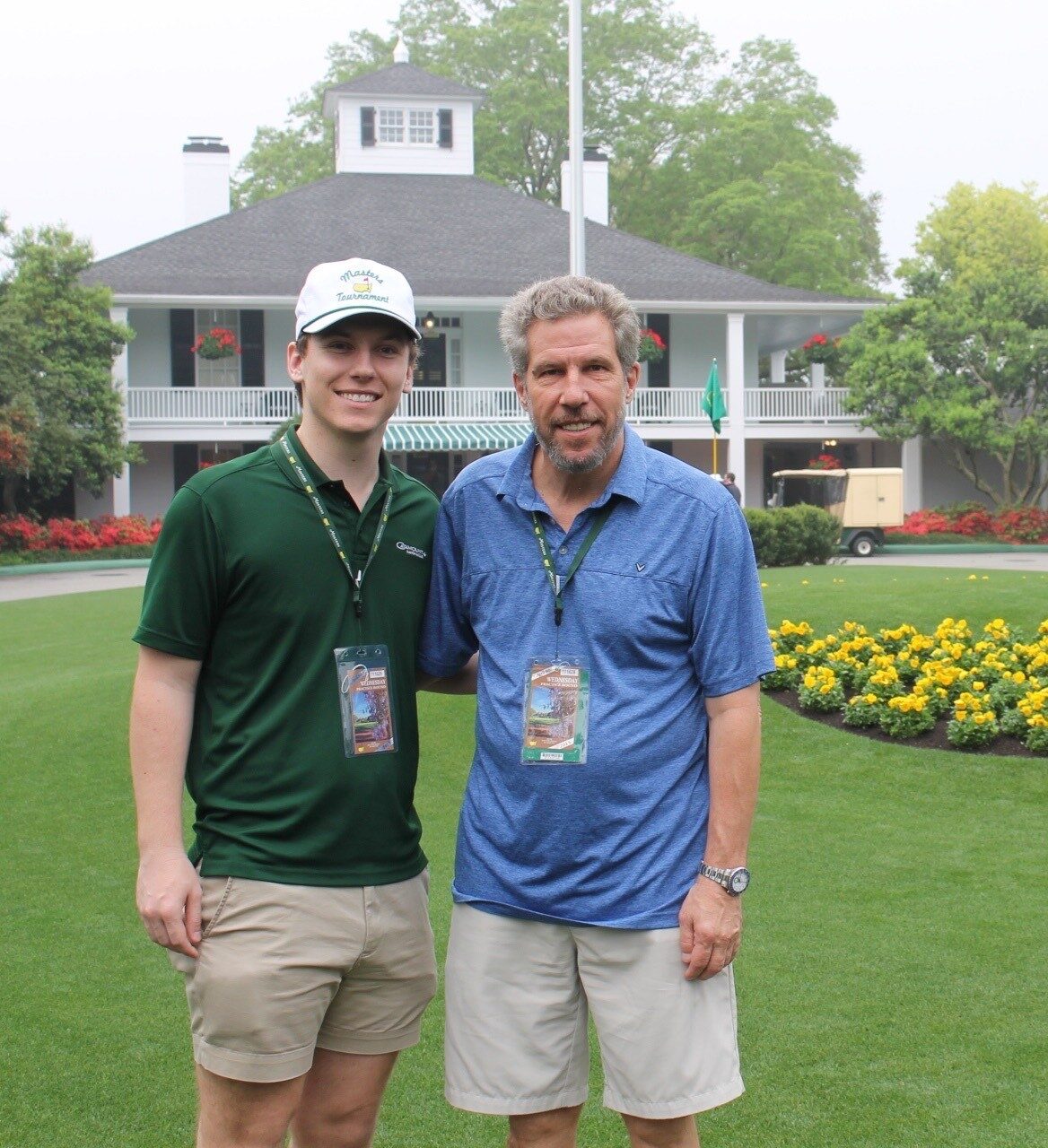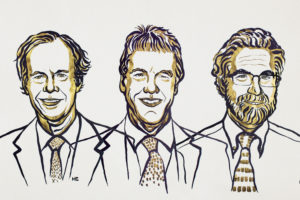
The Legacy
April 11, 2024
This is a guest post by Christopher Wood, Jr, son of the KCA’s late Board Chair and friend, Dr. Christopher…
Read More
Research on altered von Hippel-Lindau (VHL) genes proved to be critical in revealing the mechanism by which cells sense and adapt to changing levels of oxygen – a fundamental cellular process that is particularly important in some kidney cancers.
Dr. William Kaelin at the Dana-Farber Cancer Institute in Boston, Massachusetts, Dr. Gregg Semenza at Johns Hopkins University in Baltimore, Maryland, and Sir Peter Ratcliffe at Oxford University and the Francis Crick Institute in London, England won the 2019 Nobel Prize in Physiology or Medicine for this research.
The winning discovery was critical in understanding the molecular mechanisms of clear cell renal cell carcinoma (RCC) growth and the crucial role the VHL protein derived from the VHL gene plays, said Dr. Ron Bukowski, emeritus staff at the Cleveland Clinic Taussig Cancer Center and a member of the Kidney Cancer Association (KCA) Board of Directors and Medical and Scientific Steering Committee.
“This research provided the basis for the development of tyrosine kinase inhibitors (TKIs) including sorafenib and sunitinib that are now standard treatment for advanced RCC. It ushered in the new treatment paradigm developed in the early part of 2005-2015,” he said. “[Their work] changed the outcome for patients with this illness.”
Kaelin, who was a keynote speaker at the KCA’s 2012 International Kidney Cancer Symposium, consciously focused his research into how tumor suppressor genes lead to cancers on the kidneys because of the potential impact.
“It seemed to me around 1990, if we were really going to make progress in [our molecular understanding of] cancer, we had to make progress in the epithelial cancers – lung cancer, breast cancer, colon cancer, kidney cancer,” Kaelin said. “And the knowledge that the VHL gene was intimately linked to kidney cancer told us that was a very good place to start.”
He found that an altered version of the VHL gene, which can lead to the tumor-causing VHL syndrome that increases the risk of developing RCC, resulted in tumors that behaved as if they lacked oxygen, sending out distress signals that triggered, for example, red blood cell production and extra blood vessel formation (angiogenesis).
One key protein that ratchets up the cellular response to a low-oxygen environment was hypoxia inducible factor (HIF), which builds up in cells when oxygen is scarce (when cells become hypoxic), as described by Semenza in the early 1990s.
Kaelin and Ratcliffe independently built upon Semenza’s findings to show that VHL proteins recognize and target oxygen tags on HIF molecules, destroying HIF when oxygen is plentiful but not when it is scarce.
“The whole hypoxia pathway, surrounding loss of the VHL protein and overproduction of HIF, leads to downstream effects such as angiogenesis, increased glucose uptake, etc, which is the innate biologic mechanism of RCC,” said Dr. Christopher Wood, professor and deputy chairman of the Department of Urology at the University of Texas MD Anderson Cancer Center in Houston, Texas and Chair of the Board of Directors at the Kidney Cancer Association.
“Dr. Kaelin is an amazing researcher whose contributions to understanding the biology of cellular hypoxia and the link to VHL and HIF are amazing contributions that have directly enhanced the lives of people with renal cell carcinoma through the development of novel therapies that have significantly improved patient outcome.”
Novel treatments could target a cell regulatory mechanism like the one that responds to oxygen that is further upstream from the point at which the first-wave anti-angiogenic TKI drugs are active. Kaelin and Semenza said some therapies looked promising enough in phase I and II trials that phase III trials are on the horizon.
“In the short term… kidney cancer may be the first cancer where the drug that blocks the effectivity may be added to therapy.” Semenza said during a press conference at Johns Hopkins.
Amid discussion of the Nobel award during a press conference, Kaelin recalled his late wife Dr. Carolyn Kaelin, herself a noted breast surgeon and researcher, and said it was notable that he and his fellow awardees were physicians as well as researchers.
“Both though her career but also walking through the waiting areas at Dana-Farber, you are reminded daily that there are people counting on us and it’s not about frankly the awards and accolades, although they’re wonderful when they come,” he said. “But it’s about trying to get to the truth and to generate new knowledge and… eventually, hopefully help our patients.”